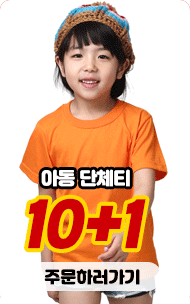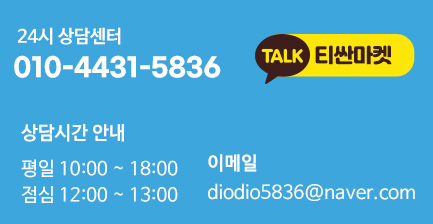Understanding and Managing Anxiety: your Friendly Guide
페이지 정보

본문
In the same manner, we may climb the mountain from different routes, one person preferring to go rock climbing, the other preferring to take it easy on a long winding road, and another preferring the middle path… The slower speed of Hatha yoga, and other forms of yoga that provide a more restorative experience, don’t deliver the same cardiovascular exercise benefits as power yoga. It’s unclear what the direct cause is for this booming growth and rise in the popularity of yoga, but such interest may be attributed to the promising benefits that yoga and mindful practices offer. What is yoga for you? I have read widely varying accounts from American yoga teachers on the origins and meanings of yoga. It is important to consult with a healthcare professional for appropriate medication management, as medications may have potential side effects and can interact with other medications. Additionally, the healthcare professional may also conduct psychological assessments, interviews, and screenings to rule out other potential causes and co-occurring conditions. Medical Evaluation: A healthcare professional may perform a physical examination and order diagnostic tests to rule out any medical conditions that could be causing or exacerbating the anxiety attacks.
In addition to therapy and medication, lifestyle modifications can play a crucial role in managing anxiety attacks. Unhealthy lifestyle Factors such as poor diet, lack of exercise, and inadequate sleep can increase anxiety levels. Accurate diagnosis enables the development of a tailored treatment plan that addresses all contributing factors to anxiety attacks. Protective factors play a crucial role in preventing the onset of mental disorders and reducing the negative impact of risk factors. One commonly used therapeutic approach is cognitive-behavioral therapy (CBT), which focuses on identifying and challenging negative thought patterns and behaviors that contribute to anxiety. Therapeutic approaches, such as cognitive-behavioral therapy (CBT) and exposure therapy, can help individuals manage anxiety attacks. Exposure therapy is another therapeutic approach that can be effective for managing anxiety attacks. Seeking professional help and working closely with healthcare providers is key to finding the most suitable treatment approach. Education and awareness play key roles in equipping individuals with the knowledge and understanding to recognize and address mental health challenges.
Understanding the different types of anxiety disorders can help individuals and healthcare professionals identify and address the underlying causes of anxiety attacks. Proper diagnosis is crucial for understanding and effectively treating anxiety attacks and related anxiety disorders. By adopting healthy habits and incorporating stress management techniques, individuals can effectively cope with anxiety attacks and prevent them from occurring. By focusing on the present moment and cultivating non-judgmental awareness, individuals can learn to manage their stress more effectively and develop a greater sense of emotional well-being. Diagnostic Criteria: The healthcare professional will assess if the individual’s symptoms meet the criteria for specific anxiety disorders, such as generalized anxiety disorder or panic disorder, and determine if anxiety attacks are present. Making positive changes to one’s lifestyle can significantly contribute to reducing the impact of anxiety attacks and promoting overall well-being. Psychological Assessment: This may include self-report questionnaires and interviews to assess the frequency, severity, and impact of anxiety attacks on an individual’s daily life. They will conduct a comprehensive evaluation to determine the presence of anxiety attacks and any underlying anxiety disorders. It’s important to note that therapy for anxiety attacks is not a one-size-fits-all approach.
Swami Sivananda promotes the integral approach of practicing a little of each path together in daily life, thus exercising our body, head, heart and hands together, integrally, and developing ourselves in all aspects. Together, we can create a world where mental health is prioritized, stigma is reduced, and individuals are empowered to seek the help they need. Physical symptoms such as blushing, sweating, trembling, and difficulty speaking in social situations are common in SAD. Exposure therapy Involves gradually and safely exposing individuals to anxiety-inducing situations or triggers to build resilience and reduce the intensity of anxiety attacks. Medications can play a role in reducing the frequency and intensity of anxiety attacks when used as part of a comprehensive treatment plan. Collaborative Discussion: Throughout the diagnostic process, the healthcare professional will engage in open communication with the individual, discussing their experiences, concerns, and treatment preferences to develop a comprehensive treatment plan.
- 이전글망고사이트エ 연결 (dvd_780)망고사이트エ #3d망고사이트エ 무료 24.10.04
- 다음글What Everyone Ought To Know About Theaustraliansas.com 24.10.04
댓글목록
등록된 댓글이 없습니다.














